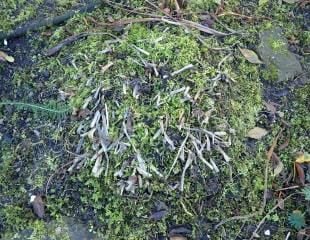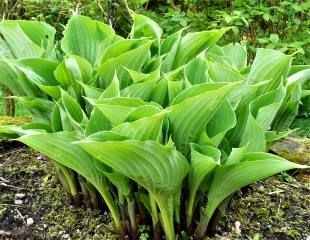What is the difference between Annual, Perennial, and Biennial Plants?
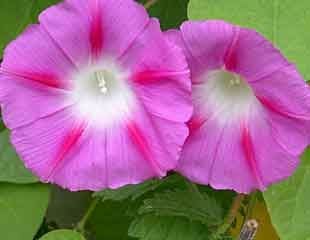
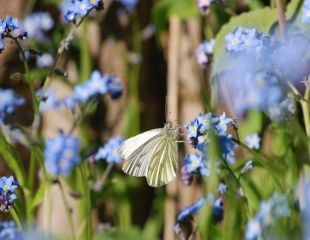
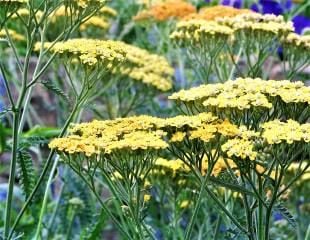
First Question Does it matter?
It matters for two reasons.
When you are buying a plant, you need to know what you are getting in terms of value for money. If you are buying an annual it's (usually) a one-off off so you may not want to spend the money on something which only lasts a season.
When planting, planning your garden, or filling in border gaps, you need to know how the plant will perform. Will it come back year after year, or what?
For these reasons,s it is helpful to know which plants are annuals, biennials or perennials.
What are Annuals?
Annual plants germinate, bloom, set seed and die all in one year. Biennial plants have a life cycle of two years, so they germinate and grow one year, bloom and die the following. Everything which lasts longer than two years is perennial, which in practical terms usually means it grows and flowers for many years.
We often grow annuals to add seasonal color for the summer months, and many bedding plants do not survive our winters, so we treat them as annuals.
Some popular annual plants are: Nasturtium, Calendula, Sunflower, Cosmos, all easy to grow from seed. Summer bedding plants such as Petunia, Lobelia, Pelargonium, and Begonia are used as annuals.
Annual Nasturtium Flowers
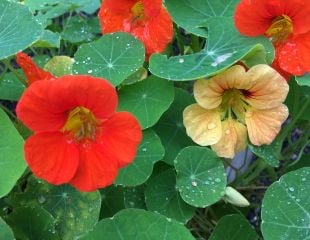
Many annuals are easy to both raise from seed and collect seed at the end of the season. Illustrated here are Nasturtiums, the flowers are very colourful in all shades of red, orange and yellow and at the end of the summer as the flowered die back they have large, easy to collect seed which can be sown in spring for a summer display.
Annual pelargoniums
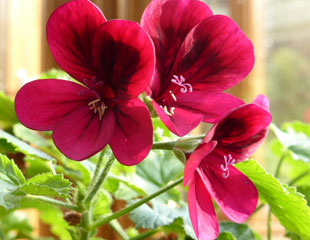
Since pelargoniums are not frost-hardy, they are often used as annual summer bedding.
They can be overwintered in a suitably frost-free environment. The distinction between annual and perennial is not clear-cut cut especially as some plants we treat as annuals would be perennial in warmer climates.
Annual Sunflower
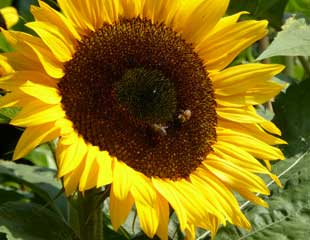
Sunflowers are a great garden favourite. They are an easy-to-grow annual. They are a half hardy annual, which means they can survive a dusting of frost but not a freezing cold spell.
Annuals can be tender, such as nasturtiums, half-hardy or hardy, such as sweet peas, which will tolerate down to -6.
What are Biennial Flowers ?
Biennial Honesty
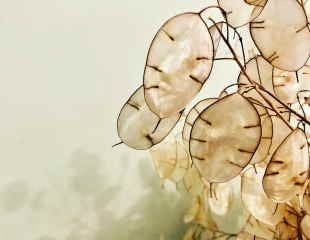
Biennial Forget me nots
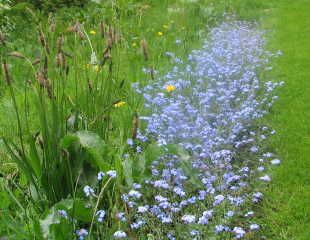
Digitalis is Biennial
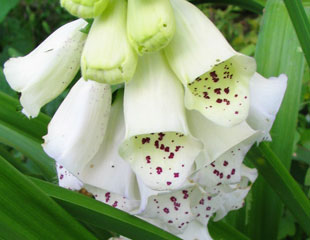
Biennials set seed one year and grow on, then they flower the next year. After flowering, they set seed, which starts the cycle again. Although their life cycle is two years, you will find that they appear continuously in your garden. The seedlings of the second year become the flowers of the next year, and so on.
Honesty, Forget me nots, Foxgloves are our some of our most common biennial flowers
You can also dig up the seedlings and replant if they have self-seeded in the wrong place.
Perennial flowers
Perennials are one of the largest groups of garden plants and are widely grown. If planted in the right place, with the appropriate growing condition,s perennials will return reliably each year.
Woody perennial plants
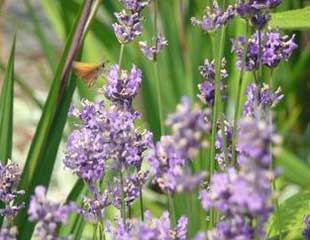
Some perennials are woody, such as Lavender, Sage, Artemisia, and Rosemary. These woody shrubs and plants tend to have a shorter lifespan, beyond 2 years up to 15 years, depending on the growing conditions. The better the conditions, drier and sunnier, the longer the plant will survive. Less hardy varieties tend to last only a few years. Tips on growing Lavender.
Herbaceous Perennial plants
Herbaceous perennials last for many years, and it can be decades. During the winter months, they die back to bare soil and are dormant. Above is a small slide show illustrating Hosta in winter and summer.
Herbaceous perennials push up lovely, fresh new growth in the spring, and many, think of Delphiniums, Asters, Achillea, Poppies, add colour to a summer border.
Rhizomes perennial plants
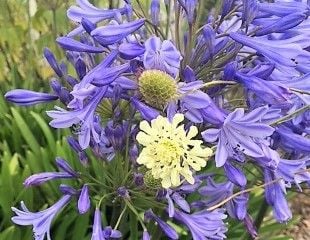
Agapanthus are just one of many garden favourite plants grown from Rhizomes, also Iris, Canna lily and Alstroemeria. There are also plants that grow from corms, such as Camassia, Crocosmia,
Nerine and Gladiolus. We think of them as, broadly, perennial, because they come back each year after winter.
The price tag may seem reasonable, but if it is an annual, here today, gone tomorrow, it may not seem so reasonable. The same applies to frost hardy plants, because buying which will not survive the winter is also expensive. For detailed information about what frost hardy means and a glossary of gardening terms to help you understand plant labels and descriptions and a beginner's guide to gardening.
If all else fails, email the Sunday Gardener for help.

